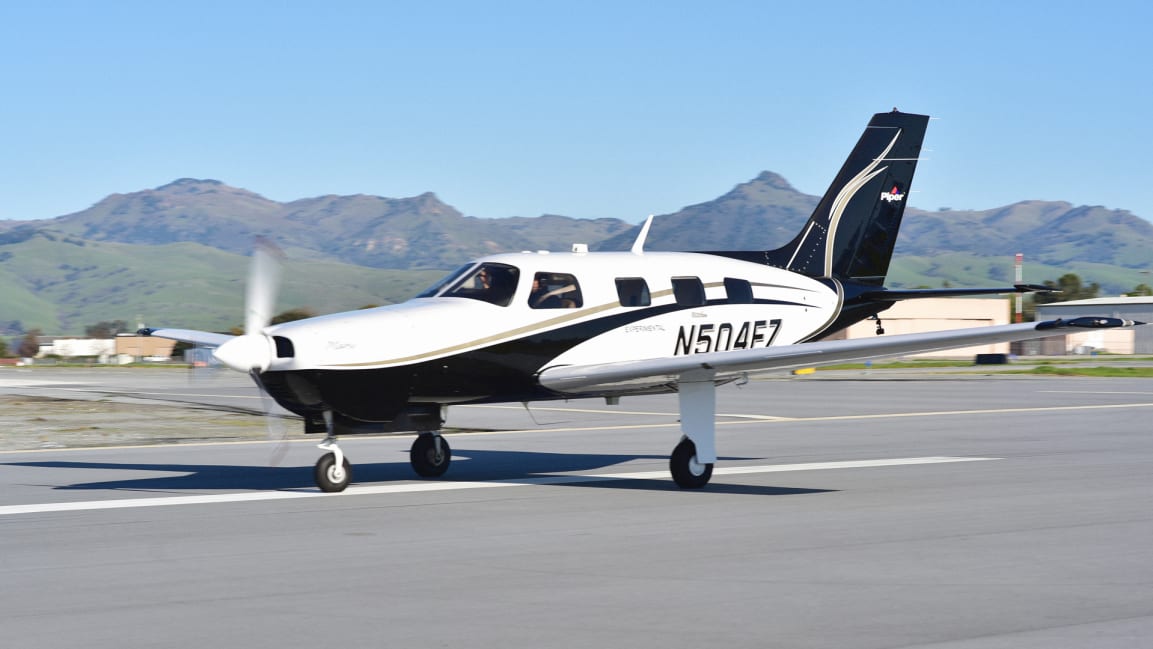(Newswire.net — November 15, 2021) —
Every day, the Federal Aviation Administration says 45,000 aircraft crisscross the sky in the United States alone. All that air traffic and the climate-changing pollution that comes with it is what motivates ZeroAvia Founder and CEO Val Miftakhov to get out of bed in the morning. Miftakhov is pioneering a hydrogen-electric powertrain that airliners can retrofit into existing aircraft.
“Aviation is a great enabler for international commerce and the ability to connect communities, but unfortunately, it’s not clean, which is becoming a bigger and bigger problem worldwide,” says Miftakhov. “It’s also a place where no one has solutions for this.”
ZeroAvia is currently in the midst of its HyFlyer II program, a U.K. government-backed program in which the company is flight-testing planes retrofitted with its hydrogen-electric powertrain in place of a traditional “dirty” combustion engine. Since September, a 19-seat Dornier 228 powered by ZeroAvia’s powertrain has taken more than 35 successful flights from Cotswold Airport.

The HyFlyer program is a unique public-private collaboration with support from the U.K. government. Leading the effort is ZeroAvia, in partnership with Intelligent Energy — which works on the lightweight, evaporatively cooled fuel cells in the powertrain — and European Marine Energy Centre — which focuses on the hydrogen fueling infrastructure.
Based in Hollister, California, ZeroAvia’s primary mission is to make aviation much more sustainable. The company began in 2017 with the goal of creating aviation products that produce low noise and zero carbon emissions.
Val Miftakhov is a licensed pilot who has long been interested in developing solutions beyond those traditionally available to the aviation industry. His efforts have allowed the company to receive funding from a wide array of supporters, from companies focused on energy alternatives to commerce companies that also want to encourage research into new options, such as Shell and Amazon, respectively.
Along with trying to build bigger, better, and cleaner engines, company officials are also getting involved at a policy level and encouraging others in the industry to get creative about sustainability.

ZeroAvia recently joined the International Civil Aviation Organization’s Global Coalition for Sustainable Aviation, which brings together the world’s top minds to seek ways to reduce the aviation industry’s overall carbon footprint while exploring cleaner alternatives. These efforts include looking for ways to reduce emissions from current engines, as well as novel solutions such as the HyFlyer program.
The coalition is an arm of the United Nations. Members include companies like ZeroAvia that focus on developing sustainable solutions in all areas of flight, including fuel, infrastructure, technology, and operations.
ZeroAvia also recently received funding from the U.K’s “Green Fuel, Green Skies” competition, bringing research and technology to U.K. airports, especially efforts to test electric- and hydrogen-powered aircraft. The U.K.’s Aerospace Technology Institute Programme also provided financial support.
These efforts are taking place in anticipation of the COP26 summit, which is the United Nations’ climate change conference. The event takes place in Glasgow, Scotland, from October 31 to November 12. The goal of this annual gathering of world leaders is to report on each member country’s ongoing commitments to sustainability and accelerate efforts to get every participant to hit zero emissions by the middle of the century. Countries also have a more immediate goal to announce emission reduction targets by 2030.
Val Miftakhov of ZeroAvia would like to see his hydrogen-electric powertrain hit the market by 2023 and have aviation companies install them in their planes by 2024.
“We believe that there will be a hydrogen-electric engine in every aircraft, as this is the only viable way to deliver truly zero-emission aircraft to comprehensively tackle the industry’s growing climate impact,” he says. “When we deliver our first hydrogen-electric powertrains into service by 2024, operators need to be able to fuel their aircraft with low-carbon hydrogen.”
In June, ZeroAvia and Val Miftakhov took part in the Hydrogen Americas Summit. The virtual event focused on changing aviation projects and services in North America, Central America, and South America. It also acted as a way for attendees to learn about other advances in hydrogen energy.
Val Miftakhov had the opportunity to speak at the summit. On day one, he discussed efforts to promote zero-emission air travel on a large scale. He also presented to NASA, which is making efforts to improve technologies and reduce fuel use during its space exploration endeavors.

Miftakhov estimates that the zero-emission powertrain that ZeroAvia is testing in the HyFlyer program could reduce flights’ overall costs by 50%. These cost-saving benefits alone could appeal to fiscally conscious customers, regardless of their views on adopting sustainable practices.
The powertrain has enough power for 10- to 20-passenger, fixed-wing aircraft to go up to 500 miles, which could also appeal to a variety of customers. It doesn’t require investing in new planes either because airliners can adapt the powertrain to planes that are already in service. Val Miftakhov says that ZeroAvia is working on designing a larger powertrain model that could allow larger planes to fly longer distances.